Mass Teaching Resources
Teach students how to measure mass or calculate the mass of an object and more with games, worksheets and more teacher-created resources for your classroom!
Aligned with Australian maths standards, each printable and digital teacher resource in this collection has undergone careful review by our maths teachers to ensure it's ready to be added to a mass lesson plan.
Is this your first year teaching kids how to find the mass of an obect? Or maybe you're just looking for fresh ways to engage your students on the topic? Read on for a primer from our teacher team, including a kid-friendly definition of mass in physics, the formula for calculating mass and more!
What Is Mass? A Kid-Friendly Definition
Do you need a mass definition to start your lesson? This physics can be difficult for kids to understand due to its intangible nature. While we can measure the length or width of an object with a ruler, finding mass means dealing with an invisible concept.
So how do you explain it? Here's a definition that our teacher team likes to use to describe mass for our own students:
Mass is a measurement of how much matter an object is made of.
Mass vs. Weight — What's the Difference?
The definition above builds off students' study of matter in science classes and what they've learned about 'heavy' and 'light' objects and the differences between them both.
But as we've already noted, mass can be confusing for kids, and one of the most common points of confusion comes down to weight. After all, if something is heavy, it has more mass than a light object, but it also has more weight.
So, are mass and weight the same thing? No! Let's break down the differences:
Mass |
Weight |
| A measurement of the amount of matter in an object | A measurement of the force exerted on an object due to gravity |
| Doesn't change even when the amount of gravitational force on the object changes | Changes depending on the amount of gravitational force on the object |
What Is Mass Measured In? A Look at Units of Mass
The most common units for mass are kilograms (abbreviated kg) and grams (abbreviated g).
This represents another difference between calculating the mass of an object and measuring its weight! Weight is typically measured in pounds, ounces and tonnes.
How to Find Mass — 4 Methods
We've covered what mass is and how it's measured. Now it's time to find the mass of different objects!
There are four common methods that can be used to calculate mass, and each one has its own applications. Read on for a breakdown of each one, including a formula that students can use to measure mass.
1. Measuring Mass With a Balance Scale
The simplest way to measure the mass of an object is to use a balance scale. Students can place the object on the scale and read the result.
Pretty simple, huh?

2. Using a Formula to Find Mass
What if the object is too large to place on a scale, or you don't have the object ... or a scale? Using a formula to find the mass of an object is another option in these situations!
There are two mass formulas that are typically used to calculate mass:
Density Formula
If you know the density (mass per unit volume) of a material and the volume of the object, you can use the following formula:
Mass=Density×VolumeMass=Density×Volume
Weight Formula
Although weight and mass are different, here on Earth these two measurements are in proportion to one another. Because of this, you can make use of the weight formula to solve for mass.
Weight=Mass×Acceleration due to GravityWeight=Mass×Acceleration due to Gravity.
Note: This formula only works when the object is in a gravitational field!
3. Measuring Mass With the Water Displacement Method
Do you have an irregularly shaped object? The simplest way to calculate its mass is to use the water displacement method.
- Submerge the object in water.
- Calculate the volume of water displaced. This is equal to the volume of the object.
- Calculate the mass using the density formula mentioned earlier.
4. Using a Spring Scale to Calculate Mass
The final method for finding the mass of an object is to use a spring scale. This is typically a method taught in secondary school.
The spring scale is used to measure the force exerted by an object due to gravity, with students employing Newton's second law to find the mass of a particular object.
- Free Plan
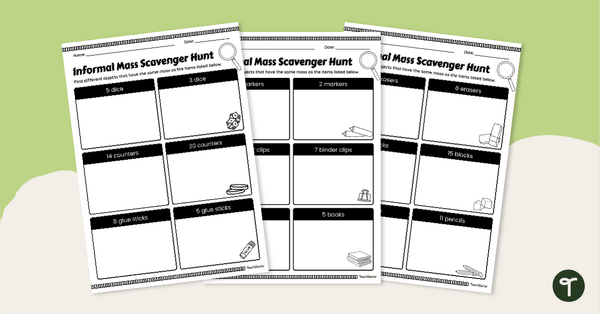
Informal Mass Scavenger Hunt Worksheets
Practise using balance scales to determine the weight of objects using informal units with these fun scavenger hunt worksheets.
- Plus Plan
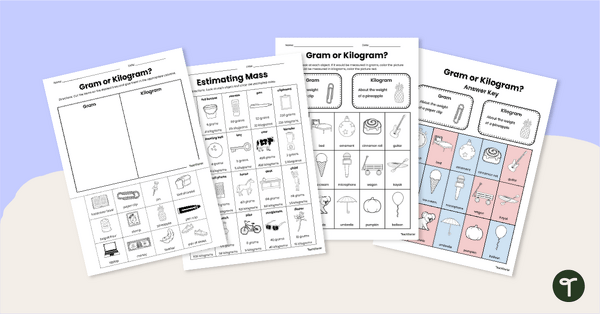
All About Mass Worksheet Pack
Practise the metric units used to measure the mass of objects with this set of worksheets.
- Plus Plan
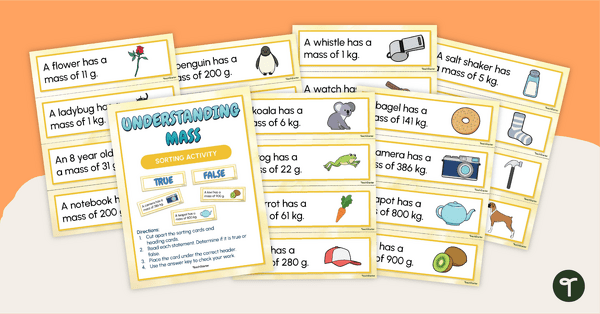
Understanding Mass True or False Sorting Activity
Practise the understanding of mass as a measurement with this printable mass sorting activity.
- Plus Plan
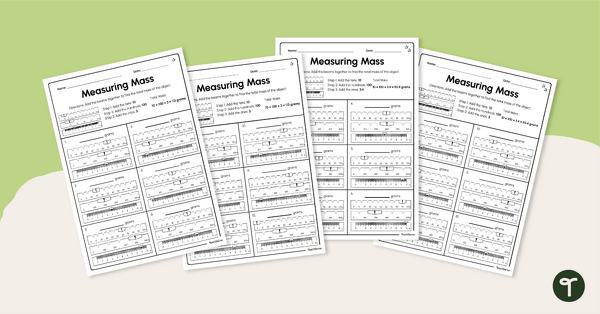
Reading a Triple Beam Balance Worksheet Pack
Practise reading balance scales with this set of measuring mass worksheets.
- Plus Plan

Which Is Heavier? – Interactive Game
Have your students practise identifying heavier or lighter objects with an engaging “Which is Heavier" interactive game.
- Plus Plan
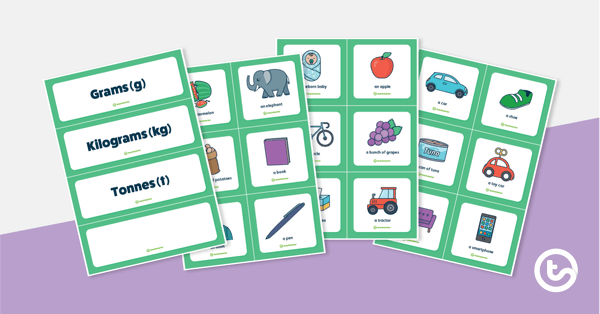
Selecting Units of Mass – Sorting Activity
A sorting activity to help students identify objects that should be measured in grams, kilograms and tonnes.
- Plus Plan
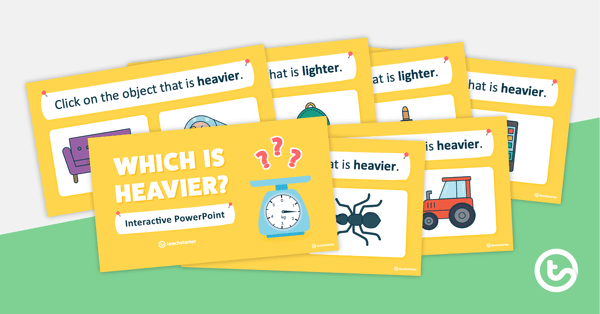
Which Is Heavier? – Interactive PowerPoint
An interactive PowerPoint quiz that asks students to compare the mass of various everyday objects.
- Plus Plan
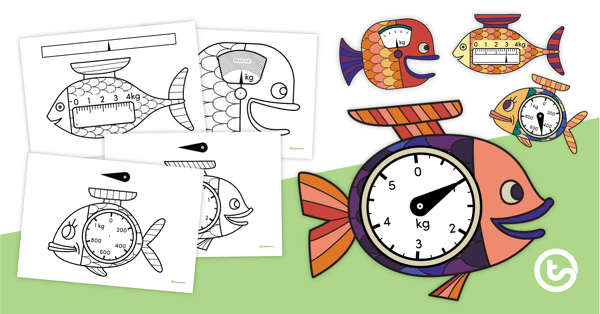
Weighing Scales Templates – Fish Scales
An assortment of weighing scales templates to give students practice at reading scales to measure mass.
- Plus Plan
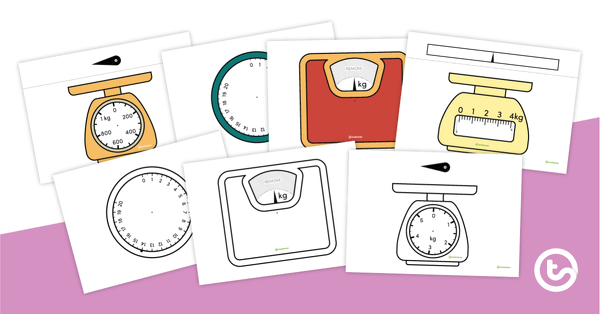
Weighing Scales Templates
A variety of weighing scales templates for students to practise reading scales to measure grams and kilograms.
- Plus Plan

Mass Investigation - How Heavy Are the Objects in Your Classroom?
Explore the mass of objects in the classroom with this mass mathematics investigation embedded in a real-world context.
- Free Plan
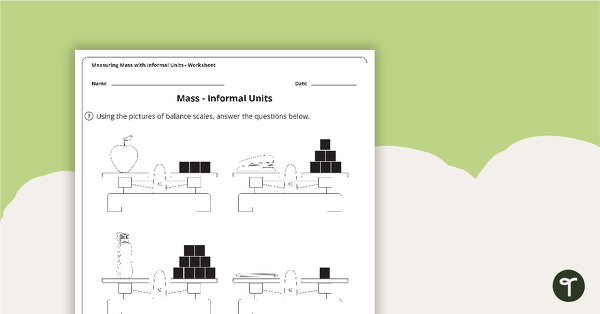
Measuring Mass with Informal Units Worksheet
A worksheet to use when exploring mass and how to measure it with informal units.
- Plus Plan
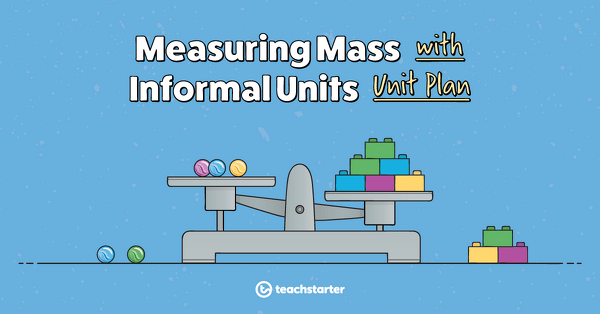
Measuring Mass with Informal Units Unit Plan
This Mathematics unit addresses the concept of measuring, comparing and ordering mass using informal units.
- Plus Plan
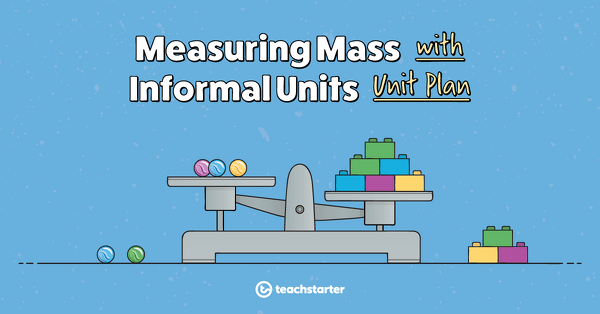
Assessment - Measuring Mass with Informal Units
A 30 minute assessment in which students will demonstrate their knowledge and understanding of mass.
- Plus Plan
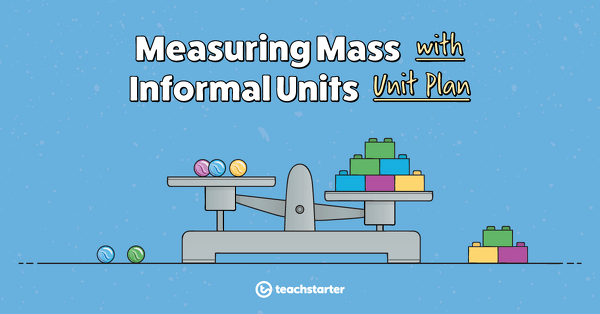
Revision of Mass
A 60 minute lesson in which students will revise and consolidate the concept of mass.
- Plus Plan
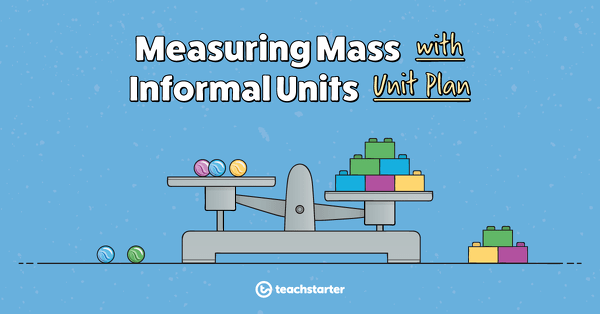
Mass Investigation - How Heavy Are the Objects in Your Classroom?
A 60 minute lesson in which students will apply knowledge and understanding of mass to a real-world context.
- Plus Plan
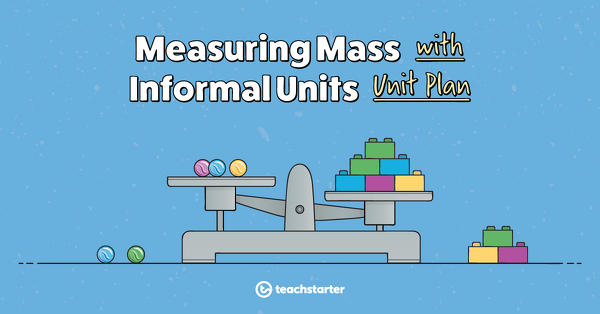
Comparing and Ordering Mass
A 60 minute lesson in which students will develop the concept of mass by comparing and ordering the masses of objects.
- Plus Plan
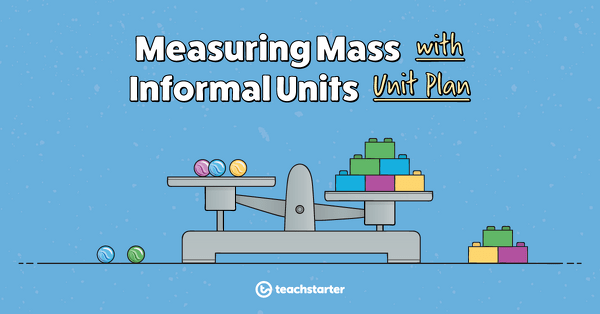
Using Balance Scales
A 60 minute lesson in which students will create a set of balance scales for measuring and comparing the masses of objects.
- Plus Plan
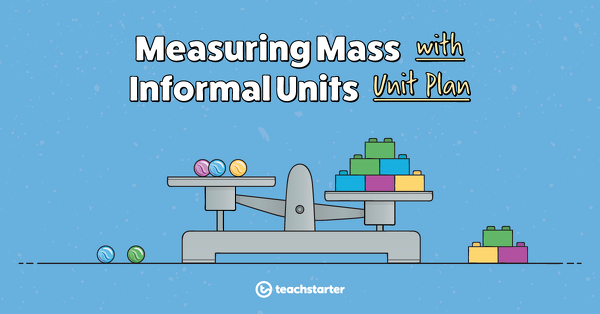
Introduction to Mass
A 60 minute lesson in which students will explore the concept of mass by comparing and ordering objects.